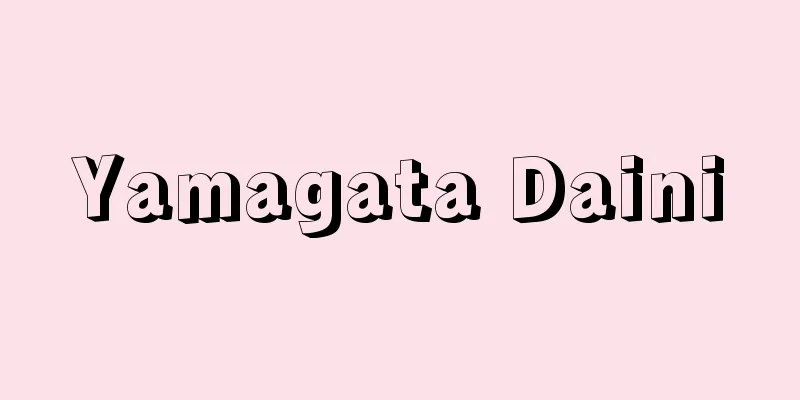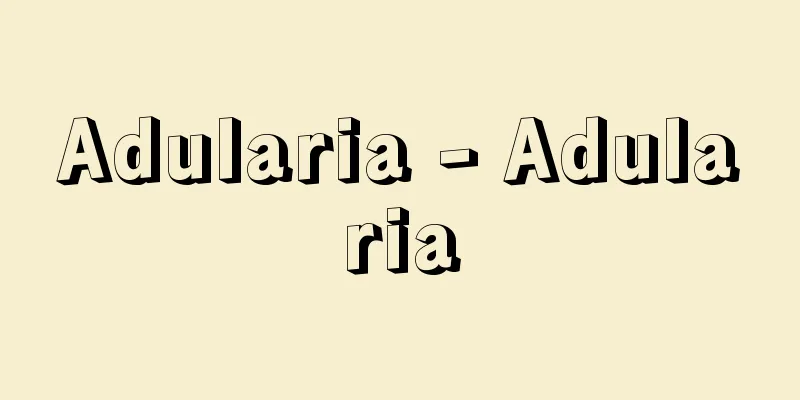Decorated burial mounds

|
A general term for ancient tombs decorated with carvings and paintings on stone chambers, stone coffins, etc. During the Kofun period in Japan from the 5th to 7th centuries, there was a custom of carving and painting various patterns and pictures on the entrances and interiors of stone chambers of ancient tombs, the inside and outside surfaces of stone coffins, and the outer walls and interiors of horizontal caves. They are most prevalent in southern Fukuoka Prefecture and Kumamoto Prefecture, accounting for more than half of the total of about 300 examples nationwide. Even in Kyushu, they are rare in Miyazaki and Nagasaki Prefectures, and none have been found in Kagoshima Prefecture. In Honshu, they are concentrated in eastern Shimane Prefecture and western Tottori Prefecture, and are extremely rare in Kinai and its surrounding areas. In eastern Japan, they are found mostly around Sagami Bay and in the Ibaraki Prefecture region facing the Kashima Nada Sea, and are concentrated in the neighboring eastern Fukushima Prefecture. Many of them belong to the horizontal cave type, and extend as far north as Shida County, Miyagi Prefecture, in the northern part of the Sendai Plain. Early designs were mainly geometric figures such as circles, concentric circles, triangles and rhombuses, as well as straight-arc patterns combining straight and arched lines. Meanwhile, in the first half of the 5th century, concrete designs such as mirrors, swords, short armor, ridges and shields began to appear, and eventually colours such as red, white, yellow, blue and green were used in addition. By the 6th century, many of the designs were magnificent, some of which were narrative scenes relating to the deceased, and these designs were followed on the front walls and interiors of the caves. In this respect, the murals of the Takamatsuzuka Tomb in Nara Prefecture are of a different style, being influenced by the cultures of Goguryeo and Tang Dynasty China. Some people believe that the origin of decorated burial mounds can be traced back to the mural tombs of the Later Han Dynasty in China and the Goguryeo Dynasty on the Korean peninsula, but there is no connection, and their purpose is thought to have been magical, such as to ward off evil spirits. However, in the second half of the 6th century, the four gods of the continent, the sun and moon, and the dragon-horse mythology were reflected in the themes of the paintings, indicating that there was an ideological influence. [Otomasu Shigetaka] "Decorated Tombs" by Hiroshi Mizuo (Book of Books Japanese Art 45, 1977, Shogakukan) "Decorated Tombs and Patterns" by Fujio Oda and Shigetaka Otomasu (Ancient History Excavations 8, Kofun Period 3, 1974, Kodansha) Source: Shogakukan Encyclopedia Nipponica About Encyclopedia Nipponica Information | Legend |
|
石室、石棺などに彫刻、彩色を施して装飾された古墳の総称。わが国の古墳時代には5世紀から7世紀にかけて、古墳石室の入口や内部、石棺の内外面、および横穴の外壁や内部に、各種の文様や絵画を彫刻や彩色で表す風習があった。それらの分布は福岡県南部と熊本県下にもっとも多く、全国の総数約300例のうち半数以上を占める。同じ九州でも宮崎、長崎県下には少なく、鹿児島県下には発見されていない。本州では島根県東部と鳥取県西部に集中し、畿内(きない)およびその周辺にはきわめて少ない。東日本では相模(さがみ)湾周辺、および鹿島灘(かしまなだ)に面した茨城県地方に多く、これに隣接する福島県東部には集中的にみられる。それらの多くは横穴系に属し、北は仙台平野北部の宮城県志田(しだ)郡地方に及ぶ。 初期の図柄は主として直線と弧線を組み合わせた直弧文(ちょっこもん)をはじめ、円、同心円、三角形、菱形(ひしがた)などの幾何学図形文を表したものが多い。一方、5世紀前半ごろには、鏡や大刀(たち)、短甲(たんこう)、靭(ゆき)、楯(たて)など、具象的な図柄が出現し、やがて赤、白、黄、青、緑などの彩色も併用される。6世紀代になると壮麗なものが多く、なかには被葬者に関する一種の物語風場面を構成するものがあり、それらの意匠は横穴の表壁や内部に踏襲される。その点、奈良県高松塚古墳の壁画は系流を異にし、高句麗(こうくり)や唐文化の影響によるものであった。 装飾古墳の起源を中国の後漢(ごかん)や朝鮮半島の高句麗壁画墓に求める向きがあるが、無関係で、その目的には悪霊排除などの呪術(じゅじゅつ)的な意味が考えられる。しかし6世紀後半になると、大陸系の四神や日月、竜馬神話などが画題に反映し、思想的な影響があったことがわかる。 [乙益重隆] 『水尾比呂志著『装飾古墳』(『ブック・オブ・ブックス 日本の美術45』1977・小学館)』▽『小田富士雄・乙益重隆著『装飾古墳と文様』(『古代史発掘8 古墳時代3』1974・講談社)』 出典 小学館 日本大百科全書(ニッポニカ)日本大百科全書(ニッポニカ)について 情報 | 凡例 |
>>: Decorative Sutra - Soshokugyo
Recommend
Avena nuda (English spelling)
…[Tetsuo Koyama]. … *Some of the terminology expl...
Oil melon - Oil melon
…In China, progress was made in improving varieti...
Rosemary Oil - Rosemary
Also known as rosemarine oil. It is obtained by s...
Radiation testing -
A type of non-destructive testing. When there is a...
Transportation planning
A comprehensive plan for the purpose of maximizing...
phyllodulcin
...The Izu region's Amacha, H. macrophylla ss...
Podocarpus
...It is an evergreen tall tree of the Podocarpus...
Autun - O-tan (English spelling)
It is the sub-capital of the Saône-et-Loire depar...
Horned puffin (English spelling)
A bird of the Charadriiformes order, family Aucuni...
Shezhou inkstone
〘Noun〙 An inkstone made from stone produced in Lon...
Ono Azumahito - Ono Azumahito
Year of death: Tenpyo Shoho 9.7 (757) Year of birt...
Azomethine imine - Azomethine imine
...A general term for compounds represented by th...
Alexandre Koyré
French historian of scientific thought. Born in T...
Prokofiev
Russian (Soviet) composer and pianist. Born into a...
Prosthetic engineering
…Some of these areas have already shown some prog...









